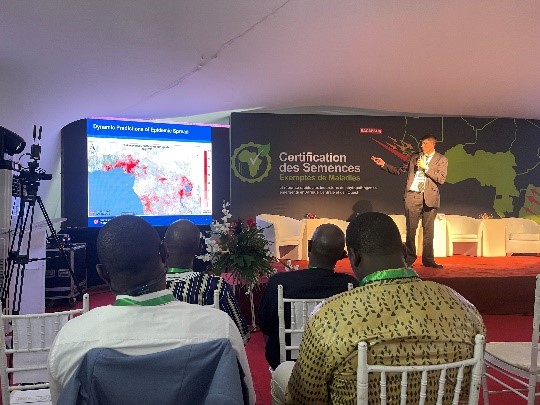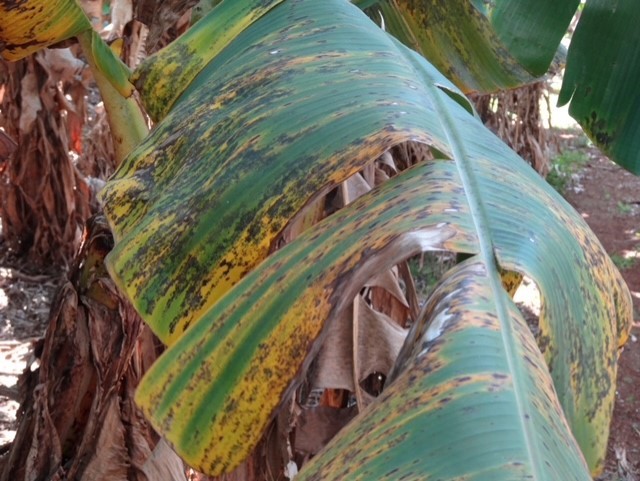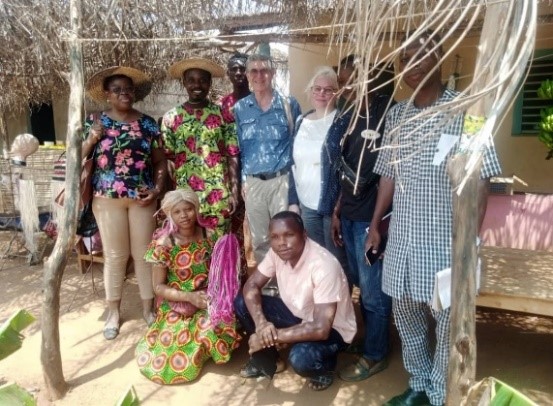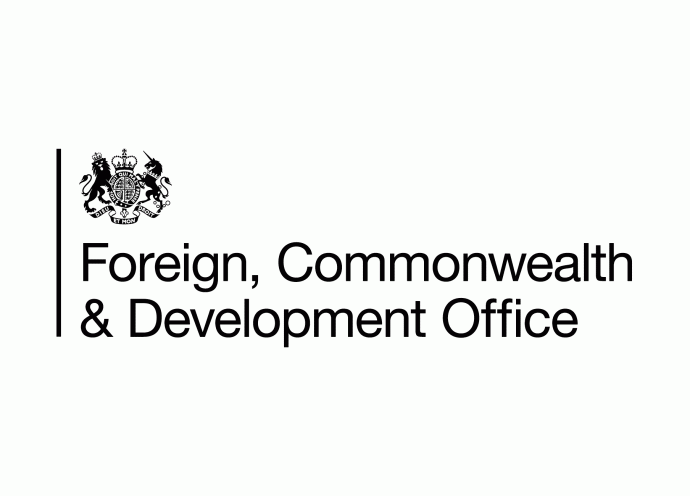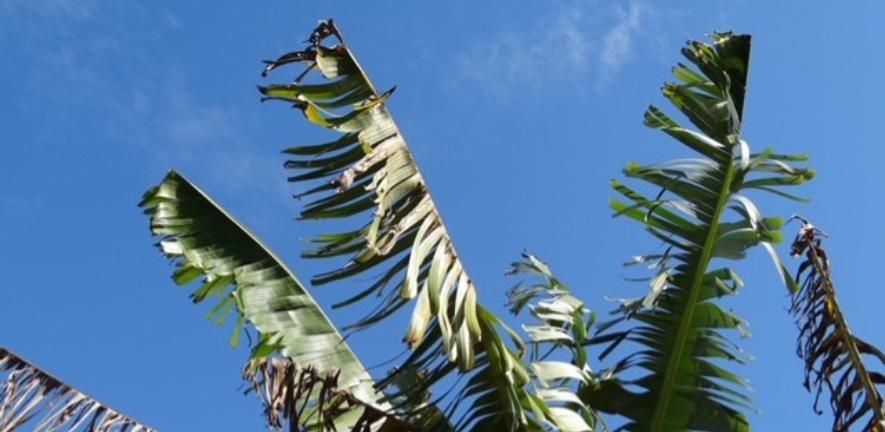
Submitted by Anonymous on Tue, 02/04/2024 - 16:49
Cambridge partnership set to prepare and protect Central and West African countries against epidemics of virus diseases in banana and cassava through new investment
Researchers in the Epidemiology and Modelling Group join a new international programme aimed at increasing the resilience of 10 Central and West African countries against incursions of virus diseases of staple crops cassava and banana, that are relied upon by large proportions of the populations. The epidemiological modelling research carried out by the Cambridge team underpins tools needed for disease surveillance and management, helping to identify cost-effective strategies to manage endemic and epidemic diseases.
The international partnership led by the WAVE (Central and West African Virus Epidemiology) consortium, who recently received a $10 million joint grant from the Bill & Melinda Gates Foundation and the UK’s Foreign, Commonwealth and Development Office, will develop and deliver strategies that will increase the resilience of farmers and communities against the destruction of crops caused by the spread of diseases such as cassava brown streak disease and banana bunchy top virus, which are threatening vulnerable regions.
Plant viruses can be rapidly dispersed by insect vectors moving between individual crop plants, crossing cultivated fields and into the landscape beyond. Once transmitted, cuttings required for farmers to restock fields in the following growing season may perpetuate levels of infection. Trading crops and cuttings, for propagation locally and internationally, can result in the pathogens being transferred across national borders and into new regions that are previously unaffected, providing little time for farmers to take preventative actions.
These are some of the key challenges that will be addressed through a new programme led by WAVE, an international partnership of scientific and government agencies from countries in Central and West Africa, which aims to develop methods for controlling and managing transboundary plant pathogens, as well as preventing the incursion of exotic plant diseases into new areas.
“Predicting pathways for invasion and regional landscapes most at risk can rapidly trigger contingency plans to manage disease and minimise loss of yields” says Professor Chris Gilligan, Director of Research in the Department of Plant Sciences, University of Cambridge.
Epidemiological models developed by a team at Cambridge play multiple roles in reducing risks from plant viruses capable of destroying vital food sources by i) identifying key routes for viral pathogens entering into new regions, ii) communicating the level of threat to agricultural regions within and beyond national borders, and iii) demonstrating how a range of management strategies can limit crop losses throughout the growing season. The model applications form a vital means to communicate information to a range of stakeholders, ensuring that policy makers can implement targeted control measures to minimize economic loss impacting agricultural communities.
Through this partnership, members of the Epidemiology and Modelling Group aim to develop an advanced and flexible modelling system that can be adapted for a range of diseases that threaten food security. Discoveries made in one crop-pathogen system can provide essential infrastructure, methods for data collection and analysis to aid interventions that will be relevant to other crops. As plant pathogens continue to evolve, disperse and threaten regional food production, flexible modelling systems can provide tools which can be readily adapted to strengthen the capacity of countries across the African continent to respond in a proactive manner to cassava and banana diseases which will be sustainable over the long-term.
Funders and Partners:
Bill & Melinda Gates Foundation, UK’s Foreign, Commonwealth & Development Office (FCDO)
WAVE is an international partnership of scientific and government agencies from ten countries in Central and West Africa which aims to develop methods for controlling and managing transboundary plant pathogens, as well as preventing the incursion of exotic plant diseases into new areas.

